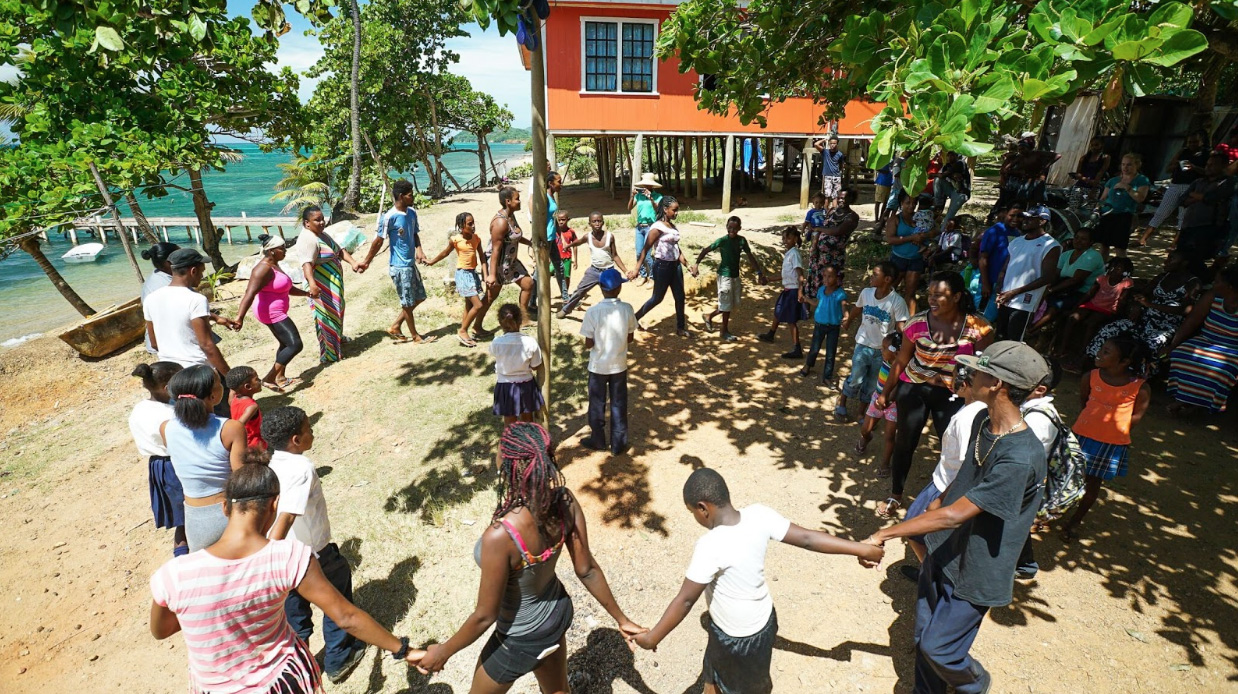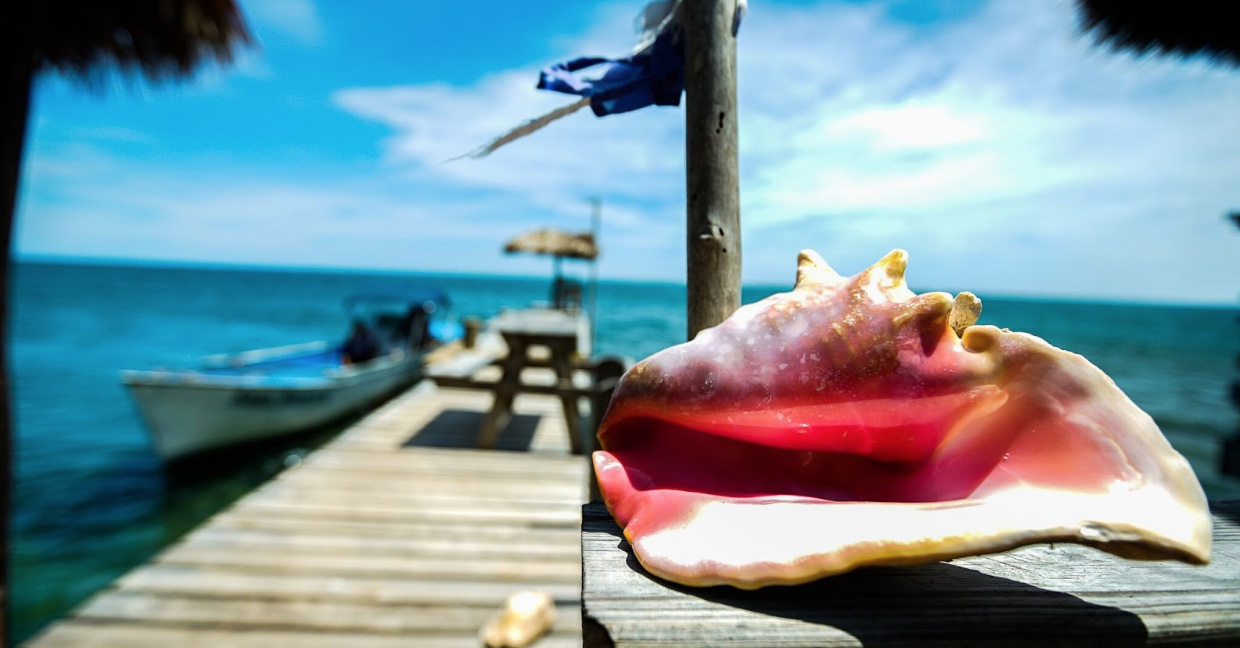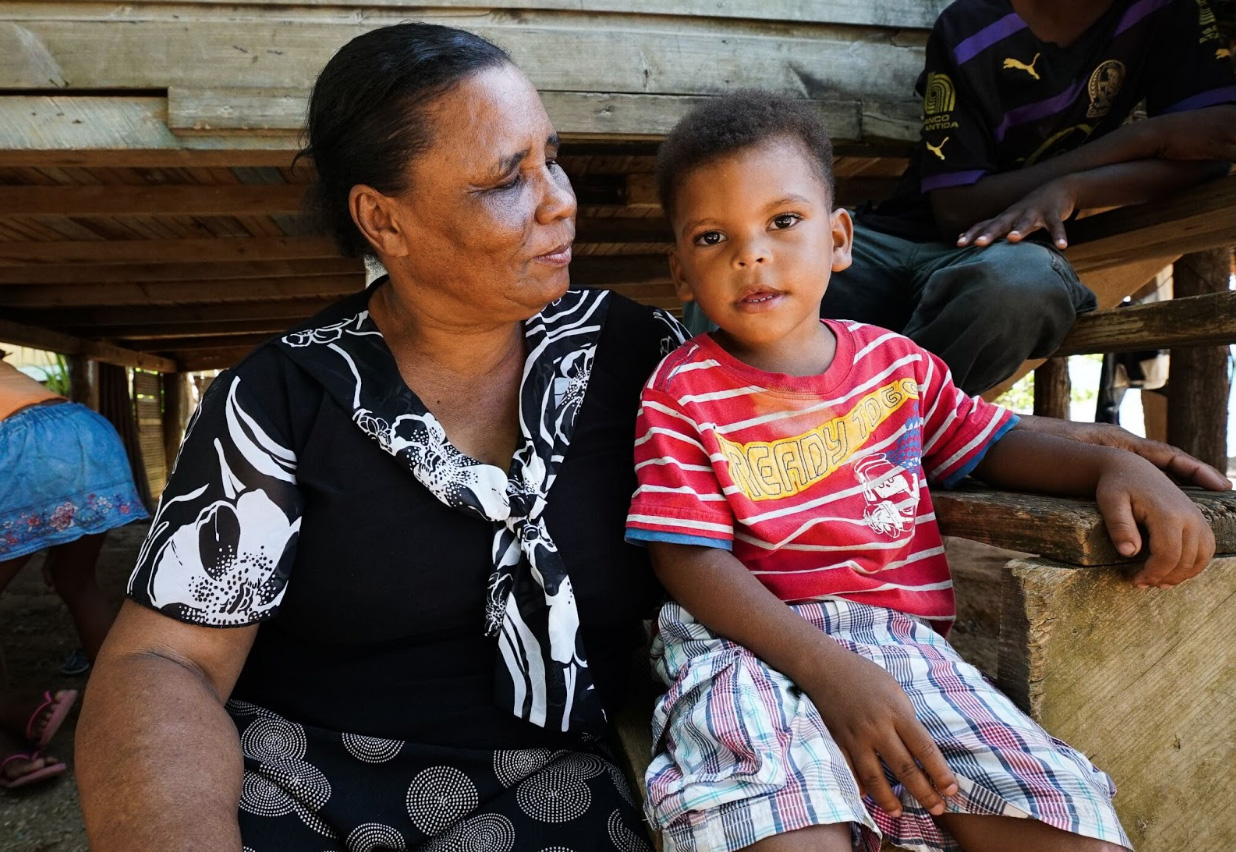Columbus came across the Bay Islands in 1502. Inhabited by the Paya Indians, the Spanish took control and raided the islands for slave labor. English pirates soon followed and thus began the back-and-forth battle of control of the islands, with a notably fierce battle in Port Royal in 1782. In 1797 the first real settlement was established when 2500 Garifuna were forcibly removed from St. Vincent and stranded on Roatán, creating the town of Punta Gorda. While gaining independence from Spain in 1821, by 1842 a thriving British community existed on the islands and was officially recognized by Her Majesty Queen Victoria as “the Crown Colony of the Bay Islands.” As British ownership of the islands was in direct violation of the Monroe Doctrine, they were subsequently annexed to Honduras on April 22nd, 1861.

Island Celebrations
Islanders love to celebrate and do so with vibrancy, color, and a rhythm all their own! Every April 22nd, the Garifuna celebrate their arrival to Roatán in 1797. Independence from Spain in 1821 is celebrated September 15th with festivities and parades. Heritage celebrations take place in August with cultural and religious events such as Harvest programs, emancipation commemoration, gospel concerts and parades. The entire month of May is celebrated with local villages coming together to dance, eat, sing and do the Plait Pole with the colorful ribbons, and Maypole with prizes tied to branches high in the branches of a carefully selected tree to be collected at the end like candy from a piñata. Dancing and singing can go into the wee hours of the morning with such favorites as “The Needle”, “Broke Mother Chester Broke Her Back” and “Bread in the Oven Baking.”

Before Tourism and Westernization Hit the Islands
Life in Roatán as late as the 1990’s saw most people being self-sufficient. Living largely in clusters of fishing villages on or near the water, people lived off the sea and the plentiful fruits at their doorstep. Coconuts were a daily part of their diet, and making coconut oil was a routine part of their lifestyle. With no electricity they burned oil lamps and got around by dory, horses, or walked the dirt roads. Community happened at church – dressed to the 9’s – and on front porch steps catching a breeze on hot summer nights. Gathering for celebrations, and supporting one another in difficult times, the island had a unique charm and elegance all its own that can still be found if you venture out beyond the resorts, walls and cemented roads!

Language
Spanish has been the official language of the Bay Islands since the succession to Honduras in 1861, but with no Spanish-speaking residents at the time and no one to teach or enforce it, English prevailed as the primary language all the way until present times. The advent of tourism, and therefore jobs, has enticed a large number of Spanish-speaking mainlanders to the island over the past few decades, and has gained more notice by the central government. Over time, public schools began teaching in Spanish, which was obviously difficult for children who grew up speaking English in their home. A push for balance occurred in the past decade resulting largely in bilingual education as both languages have become a necessity. It is a balance worthy of achieving, yet difficult to actualize.

Population Explosion
With the large influx of mainlanders over the past decades, the demographic makeup and population of Roatán have radically changed. In 2001, 25,000 lived on the islands; by 2014, 109,000 people called the Bay Islands home. Add in the large number of ex-pats who have come for retirement and job opportunities, and you can begin to see the culture clash. As the development of tourism gains momentum on the island, the Abundant Life Foundation is working to help the people of Roatán navigate these changes by including them and preparing them for what lies ahead.


Just returned from Roatan and enjoyed the island. I plan to return. Keep me on your email list.